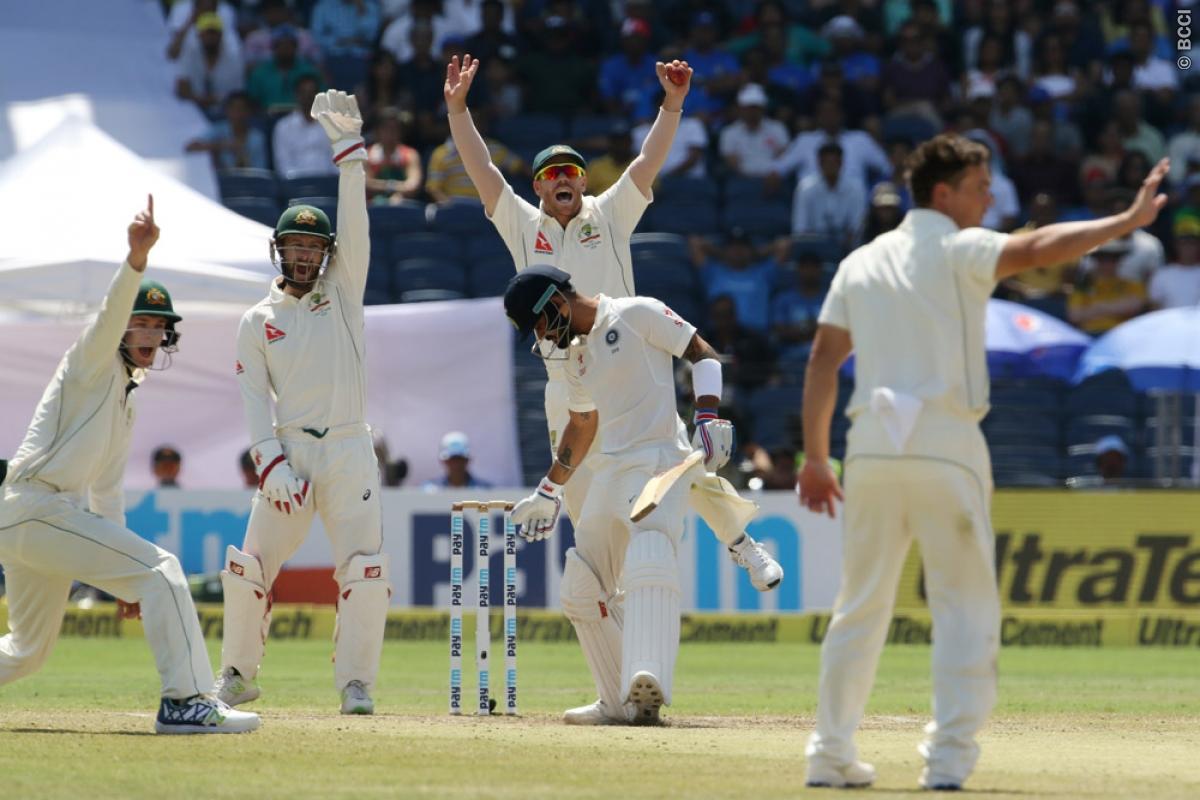Four-day matches can restore Test cricket's appeal to the new generation
When world cricket in the mid-2000s started dancing to the tunes of the T20 format, a genuine question was repeatedly asked. Can good ol’ Test cricket survive in the same world, with the growing popularity of its youngest cousin?

The same question was asked back in the 70s too, after the birth of the One-day format. However,
So, in a move, that might help to restore the format’s lost glory, South Africa and Zimbabwe have scheduled a four-day day/night Test fixture on Boxing Day even before getting the approval of the International Cricket Council. If the fixture doesn’t see any hindrance from the game’s governing body, which appears very likely, it would also mark as the first four-day fixture under lights.
Initially, India was scheduled to play the Boxing day fixture against South Africa - an idea now shelved due to India's hectic schedule - with the
Earlier, since the inception of the Test cricket, five-day cricket was never the norm rather England and Australia, the pioneers of modern cricket, used to host three-day Tests with the last match of the series a timeless one if and only if the series was undecided by then. Due to the political instability in Pakistan in 1969-70, the touring England asked Pakistan to host four-day matches to finish off the series little early and five years later, India and West Indies had also played a six-day series decider at the Wankhede Stadium in Mumbai. However, barring the anomaly of the Super Test in 2005, every match in the format over the last 37 years has been scheduled to last for five days.

 © BCCI
© BCCIHowever, since the turn of the millennium, the percentage of Tests that go to the fifth day
But, to make the idea a full-fledged and productive solution, a lot of things need to be addressed and nothing dramatic could ever happen overnight. According to Wildblood, each day of the Test match can be lengthened to 100 overs and by doing that it would mean that only 50 overs would be lost during the Test. For the record, of the 162 Tests played since the beginning of 2014, 135 matches have been ended with a result, and out of the 135, 112 of those finishing inside 400 overs. In that case, then every player and captain will bring a more attacking approach to the game and scoring rates will rise as well. Bowlers will be more attacking in their approach knowing that they have lesser number of overs to inflict an all-out on their opposition twice. Again, pitches used for Test matches, particularly in the sub-continent, are not suitable for five days anymore. With the wickets wearing away completely by the end of Day 4, they offer the spinners vicious amount of turn on day 5 which, on some occasions, makes it almost impossible for batsmen to surprise. A four-day Test would help to eradicate the pitch factor, which favours the team that wins the toss, and can help make the match more balanced.
Beyond the pure cricketing logic, it must also to be noted that every sport is fan-centric and the fans determine the fate of the sport and its popularity is directly proportional to its following. But unfortunately, in recent times, Test matches have failed to attract crowds for the oldest format of the game. Apart from some venues in England and Australia, where Test cricket is being followed religiously, there are very few venues across the world that provides a sizeable crowd. One of the reasons, albeit not the exclusive one, can be attributed to the timings of Test cricket that now generally starts on Thursday and ends on Monday, and due to that mostly, three days have been played in front of a half-filled stadium.
On the other hand, four-day Test matches could always start on a Thursday, and would, therefore end on Sunday evening and that will give a greater chance of a full stadium and better viewing figures than a Monday afternoon. England and Wales Cricket Board Chairman Colin Graves recently stated that playing without the fifth day "would save a hell of a lot of money from the ground's point of view and the broadcasters," also stating his view that games which go on to the fifth day often lose money if they finish early. Some people may argue that with the over rates are going down due to DRS, many Test might end on to be a tame draw and it is not a good idea to trim the Tests down to four days. But the point is an extra hour a day and efforts to push the run rates up can easily solve the problem.
However, to be honest, all these sound well on pen and paper and executing them will take a lot of efforts for the sport’s stakeholders. But Test cricket is at crossroads and the experiments like – Day/Night matches and four-day Tests might act as a tool for restoring the viability of the format. A proper plan and natural radicalism by the administrators are important in this regard.
Shoaib Malik or Johnson Charles? Who will score more runs?
Presenting Nostragamus, the first ever prediction game that covers all sports, including Cricket. Play the CPL T20 challenge and win cash prizes daily!!
Download the app for FREE and get Rs.20 joining BONUS. Join 30,000 other users who win cash by playing NostraGamus. Click here to download the app for FREE on android!

Comments
Sign up or log in to your account to leave comments and reactions
0 Comments